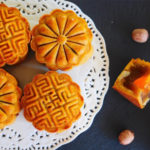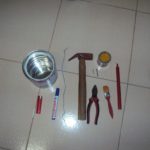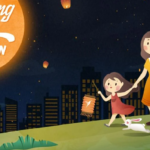The Mid-Autumn Festival is a traditional holiday in Vietnam, celebrated on the 15th day of the 8th lunar month every year. It brings excitement and reunion to every family. This is a fun time for children with many interesting activities such as lion dances, lantern parades, and mooncake parties. However, this festival also holds deeper meanings rooted in its ancient origins, reflecting the cultural identity of Vietnam throughout history. Let’s uncover some fascinating facts about this festival right in this article!
1 Mooncakes Were Once Used to Hide Secret Messages During War
According to legend, in the late 14th century, when the Han people were resisting the Yuan-Mongol dynasty, mooncakes were used as a means to conceal secret messages. As these traditional mooncakes were sold openly everywhere during the Mid-Autumn Festival, they raised no suspicion and helped convey important messages safely.
Hence, mooncakes became a cultural symbol, representing perseverance and unity in the fight against invaders. Even today, mooncakes are considered an integral part of the culinary culture in China and other Asian countries.
 Mooncakes Were Used to Hide Secret Messages During War
Mooncakes Were Used to Hide Secret Messages During War
2 The Significance of Eating Pomelos During the Mid-Autumn Festival
During the Mid-Autumn Festival, pomelos are considered an indispensable part of family gatherings. But few people know that eating pomelos during this festival holds significance beyond culinary traditions; it also symbolizes deep family bonds and good fortune.
According to some sources, the word “pomelo” in Chinese has various meanings. Notably, “pomelo” is homophonous with “You Zi”, referring to people away from their hometowns who long for their families during the Mid-Autumn Festival. Additionally, “pomelo” also sounds like “You”, symbolizing a peaceful and fulfilling life. Furthermore, “pomelo” is homophonous with “You Zi”, signifying expectations and hopes for children’s growth and prosperity.
Thus, pomelos represent not just a traditional food but also embody family bonds, emotions, and good luck. In many parts of the world, pomelos are also regarded as a special fruit, packed with nutritional and health benefits.
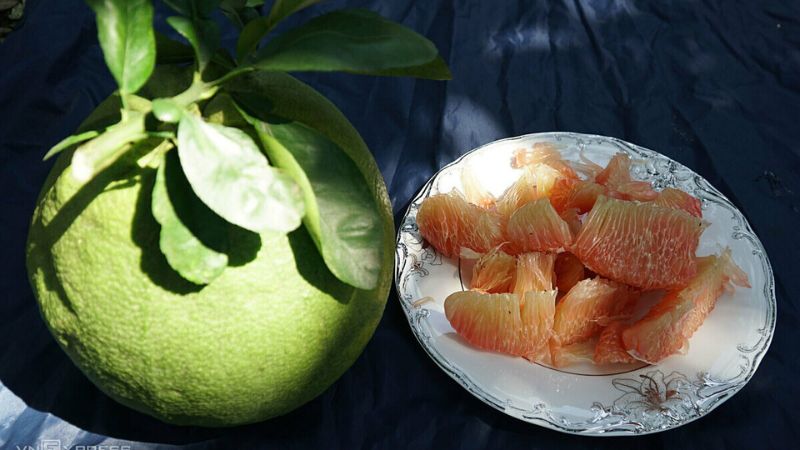 The Significance of Eating Pomelos During the Festival
The Significance of Eating Pomelos During the Festival
3 Paper Lanterns Are Still Prohibited by Law in Hong Kong
In the collection “Vang Bóng Một Thời” by the famous Vietnamese writer Nguyễn Tuân, paper lanterns are described as an elegant pastime, handmade by the ancient Hanoi residents. Today, although there are various types of lanterns, from bamboo and paper lanterns to LED lanterns, they still retain the traditional essence of the Vietnamese Mid-Autumn Festival.
However, in Hong Kong, playing with paper lanterns is prohibited due to safety concerns. In the past, some Hong Kong residents had a habit of playing with fire during the Mid-Autumn Festival by pouring water on burning lanterns, resulting in severe burns and dangers to the community. Therefore, the Hong Kong government included a special regulation in the city’s criminal law, prohibiting “interfering with hot wax” in public places. While lanterns remain a vital part of the festival’s traditional charm, ensuring safety requires adhering to this regulation.
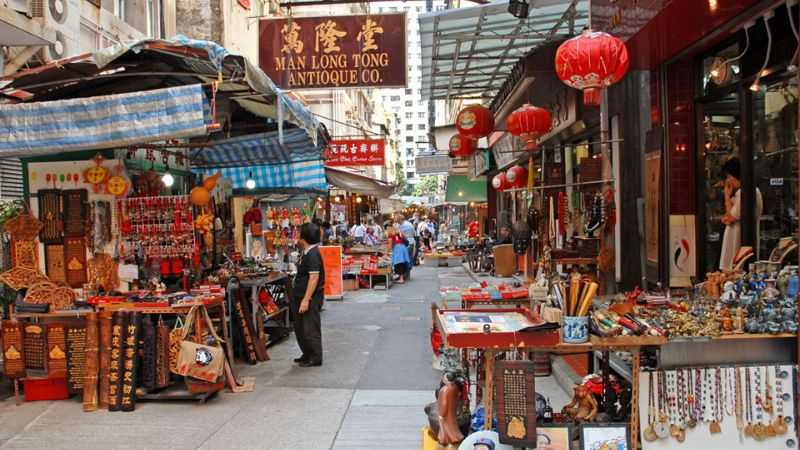 Paper Lanterns Prohibited by Law in Hong Kong
Paper Lanterns Prohibited by Law in Hong Kong
4 Even NASA Knows the Legend of the Mid-Autumn Festival
The Mid-Autumn Festival is a significant traditional holiday in many cultures, including China and South Korea. It also has various origins and legends. However, the legend of the mythical couple Hou Yi and Chang’e is considered the oldest and most widely accepted.
Chang’e represents the epitome of purity and the coolness of the full moon. In Chinese mythology, when Chang’e accidentally drank her husband’s elixir of immortality, she became immortal but could no longer stay on earth. Consequently, Chang’e and her jade rabbit could only live on the cold moon.
This legend became ingrained in the culture of the Mid-Autumn Festival and was referenced by NASA in their communication logs with the Apollo 11 crew. Before stepping on the moon in 1969, the Apollo 11 crew promised to keep an eye out for Chang’e and her rabbit on the moon. This fascinating detail was recorded in history, showcasing the global influence of Chinese mythology.
 Even NASA Knows the Legend of the Festival
Even NASA Knows the Legend of the Festival
5 The Mid-Autumn Festival is a Time to Predict the Weather for the Upcoming Year
Traditionally, the moon during the Mid-Autumn Festival could predict the weather and harvest for the following year. If the moon on this night appeared yellower, it foretold a prosperous and bountiful harvest. Conversely, if the moon leaned towards a whiter hue, the harvest would not meet expectations. Additionally, an orange moon signified security, peace, and robust development for the nation in the coming year.
 Predicting Weather and Fortune
Predicting Weather and Fortune
6 The Festival Goes by Many Names
The Mid-Autumn Festival in Vietnam has several names, each carrying a unique meaning and symbolism.
- Mid-Autumn Festival is the most common name, indicating the timing of the festival in the middle of autumn.
- The Full Moon of the Eighth Month is another name, reflecting the date of the festival, which falls on the 15th day of the eighth lunar month.
- Moon-Gazing Festival hints at the activity of moon-viewing during the festival, held on the 15th day of the eighth lunar month.
- Reunion Festival symbolizes the significance of family reunions, where family members gather, sip tea, and admire the moon together.
- Children’s Festival holds a special meaning for children, as they engage in playful activities, participate in lantern processions, and reunite with their families.
 The Festival’s Many Names
The Festival’s Many Names
The Mid-Autumn Festival is a unique and meaningful holiday in Vietnam and many other Asian countries. Despite its various names and folklore, the festival unites people in a celebration of reunion, connection, and family gatherings.
How Long Can Mooncakes Be Stored Before Going Bad?
Every year when the Mid-Autumn Festival arrives, families all around the world partake in the timeless tradition of indulging in the beloved mooncake. This savory delicacy, capable of remaining edible for up to seven days with proper storage methods, is seen as a necessity on the 15th day of the eighth lunar month.
Crafting a Milk Jug Lamp: A Joyful Activity for the Entire Family
Bring some fun and sparkle to this year’s Mid-Autumn Festival with an eco-friendly tin can lantern! Encourage your children to think outside the box and get creative with a sustainable art project that will set the mood for a magical celebration. Get ready to follow this easy tutorial and make an enchanting toy that is sure to make your little ones smile.



























